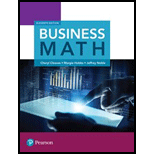
Concept explainers
To calculate: The gross earnings of Allen, H. in a regular week of
Answer to Problem 1ES
Solution:
The gross earnings of Allen, H. is
Explanation of Solution
Given Information:
For a regular week of
Formula used:
To find the gross pay per week based on hourly wages:
Step 1: Find the regular pay.
If the hours worked in the week are
If the hours worked are more than
Step 2: Find the overtime pay:
If the hours worked are
If the hours worked are more than
Calculation:
Consider the provided information,
Add the worked hours of all the days in a week to calculate the total worked hours of Allen, H..
So,
So, the total worked hours of Allen, H. during the week is
First calculate the regular pay. As the worked hours of
Thus, the regular pay is
To calculate the overtime pay, first calculate the overtime hours. The total number of hours worked by Allen, H. during the week is
As the overtime rate is
Thus, the overtime pay is
Add the regular pay and the overtime pay to calculate the gross pay or earnings of Allen, H.
So,
Therefore, the total gross earnings of Allen, H. is
Want to see more full solutions like this?
Chapter 10 Solutions
Business Math, Books A La Carte Plus Mymathlab With Pearson Etext -- Access Card Package (11th Edition)
 Discrete Mathematics and Its Applications ( 8th I...MathISBN:9781259676512Author:Kenneth H RosenPublisher:McGraw-Hill Education
Discrete Mathematics and Its Applications ( 8th I...MathISBN:9781259676512Author:Kenneth H RosenPublisher:McGraw-Hill Education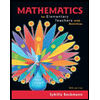 Mathematics for Elementary Teachers with Activiti...MathISBN:9780134392790Author:Beckmann, SybillaPublisher:PEARSON
Mathematics for Elementary Teachers with Activiti...MathISBN:9780134392790Author:Beckmann, SybillaPublisher:PEARSON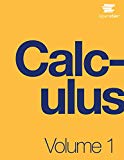
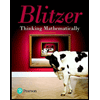 Thinking Mathematically (7th Edition)MathISBN:9780134683713Author:Robert F. BlitzerPublisher:PEARSON
Thinking Mathematically (7th Edition)MathISBN:9780134683713Author:Robert F. BlitzerPublisher:PEARSON Discrete Mathematics With ApplicationsMathISBN:9781337694193Author:EPP, Susanna S.Publisher:Cengage Learning,
Discrete Mathematics With ApplicationsMathISBN:9781337694193Author:EPP, Susanna S.Publisher:Cengage Learning,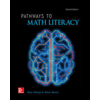 Pathways To Math Literacy (looseleaf)MathISBN:9781259985607Author:David Sobecki Professor, Brian A. MercerPublisher:McGraw-Hill Education
Pathways To Math Literacy (looseleaf)MathISBN:9781259985607Author:David Sobecki Professor, Brian A. MercerPublisher:McGraw-Hill Education





